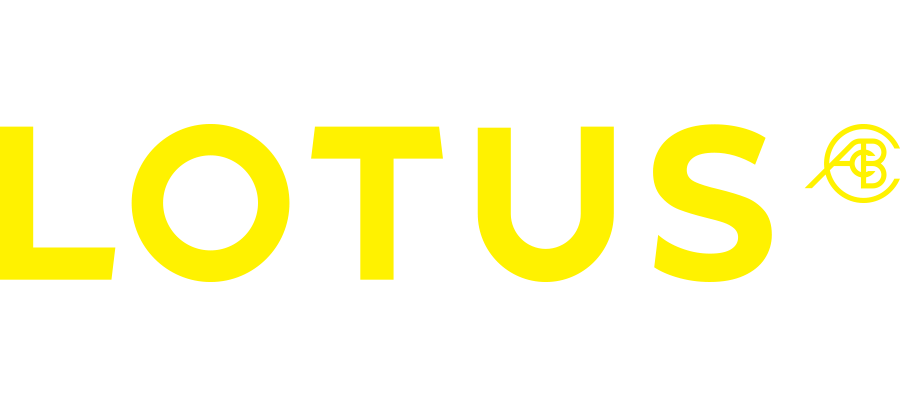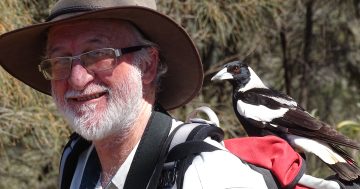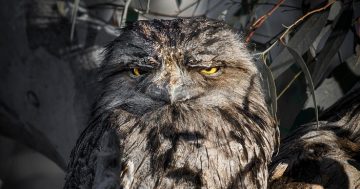
The Sydney Section of the American Institute of Aeronautics & Astronautics (AIAA) and the CSIRO Discovery Centre proudly present a free public lecture by South Korea’s first astronaut, Dr Soyeon Yi, entitled…
SCIENCE IN SPACE
Date: Friday 20 January 2012
Time: 6:00pm
Location: Optus Lecture Theatre, CSIRO Discovery Centre, Clunies Ross Street, Acton, Canberra
RSVPs essential: Online via https://register.eventarc.com/event/view/7125/tickets/science-in-space or call 02 6246 4646
South Korea’s first astronaut, Dr Soyeon Yi, will talk about her launch into space with two Russian cosmonauts in 2008 and the science experiments that she performed during her 11 days at the International Space Station.
This event is FREE and all are welcome. Directions to the CSIRO Discovery Centre can be found at http://www.csiro.au/resources/Discovery-Centre-Map.html
——————–
Biography – Dr Soyeon Yi
Dr Soyeon Yi is a South Korean scientist and Ph.D. graduate of Korea Advanced Institute of Science and Technology. She was one of the two finalists through the Korean Astronaut Program and she became the first Korean and the second Asian woman to fly in space. At just 29 years of age, the highly talented Dr Yi launched aboard the Russian Soyuz TMA-12 with two cosmonauts on 8 April 2008. She spent 11 days in space, carrying out various scientific experiments on the International Space Station for the Korea Aerospace Research Institute (KARI). One such experiment involved observing 1,000 fruit flies and the way the changes in gravity and other environmental conditions affect the behaviour of the flies or their genome. Dr Yi successfully completed her journey, returning to Earth on 19 April 2008 aboard Soyuz TMA-11 with two fellow International Space Station crew members. She currently works as a senior researcher at KARI as well as acting as Korea’s space ambassador.
For information about the AIAA Sydney Section visit http://www.aiaasydneysection.org and for information about the CSIRO Discovery Centre visit http://www.csiro.au/places/discovery
[Photo Courtesy nyscience.org














